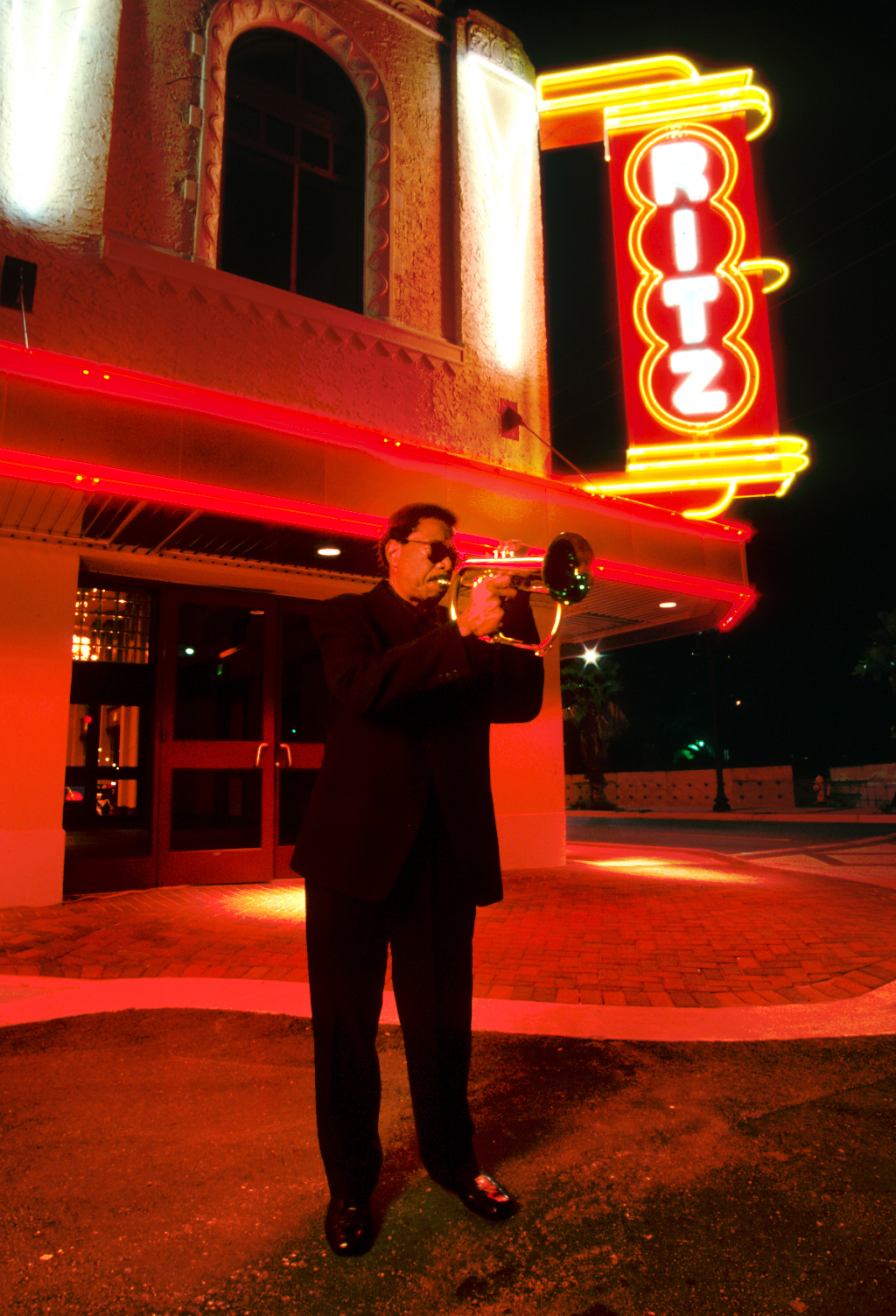

JAX’s Rich Black History Story
As the birthplace to the Black national anthem, “Lift Ev’ry Voice and Sing,” JAX has been witness to many significant events in Black history from the earliest days of America’s founding. Today, there are several sites in Northeast Florida to experience our rich past and celebrate Black History Month. Here are a few of our faves:
Jacksonville native, James Weldon Johnson, performed his original poem, Lift Ev’ry Voice and Sing, in 1900 in front of 500 children to celebrate Abraham Lincoln on his birthday. Later that year, his brother John Rosamond Johnson set the poem to music and the rest, as they say, is history. The song, written about the plight of Black Americans, serves as a rallying cry for freedom and faithfulness. The Ritz Theatre and Museum holds a permanent exhibit highlighting the song’s origins and usage in contemporary times and Lift Ev’ry Voice and Sing Park which is under renovation to become a world-class public space for all is on the site of the brothers’ birthplace.
 Both sites are in the LaVilla neighborhood of downtown Jacksonville, which dates back to the Civil War when it was a town widely known as a safe haven for newly freed African Americans. After its annexation by the city of Jacksonville, LaVilla became prosperous in business and entertainment during the Segregation Era and was the center of Black culture for the city, earning it the name “the Harlem of the South.” Today, the neighborhood is experiencing a renaissance with the renovation of historic buildings and the emergence of new businesses and residences.
Both sites are in the LaVilla neighborhood of downtown Jacksonville, which dates back to the Civil War when it was a town widely known as a safe haven for newly freed African Americans. After its annexation by the city of Jacksonville, LaVilla became prosperous in business and entertainment during the Segregation Era and was the center of Black culture for the city, earning it the name “the Harlem of the South.” Today, the neighborhood is experiencing a renaissance with the renovation of historic buildings and the emergence of new businesses and residences.
Sports are a way of life in JAX, and the city’s standing as being home to the Negro American League Jacksonville Red Caps is a tradition that lives on even today. Despite its short tenure in the major leagues, the Red Caps had the honor of being the first major league team of any sport in the state of Florida, joining in the 1938 season and returning after a brief stint in Cleveland for the 1941-42 seasons before moving to the minor and independent leagues until the 1950s. The name of the team was significant as the team was composed of African Americans who held jobs as porters wearing the uniformed red caps at the Jacksonville Terminal Station – what is now the Prime Osborn Convention Center in LaVilla.
Throughout its tenure, the Red Caps played its home games at what is now J.P. Small Stadium and Memorial Park, where baseball grounds and a public museum pays homage to the team. The Triple-A Jacksonville Jumbo Shrimp wears throwback uniforms and red caps during their “Salute to the Jacksonville Red Caps” nights. If you can’t catch the annual game, pay your respect to these pioneers of sport with a glass of Red Caps Beer, an American amber/red ale, found at Springfield’s Strings Sports Brewery.

Photo: Andrew Waber, courtesy of Florida State Historic Preservation Office
Forget Hollywood…in the early 1900s, Jacksonville was the “Winter Film Capital of the World” at the dawn of the silent film industry. Many famous actors got their start in Jacksonville at more than 30 movie studios, including what is now MGM. One such studio, Norman Studios, also served a trailblazer among trailblazers, solely focused on casting African Americans in positive leading roles in his movies. Richard Norman, a white studio head, worked with all Black casts, an anomaly at the time, to produce nine films, including signature achievement, The Flying Ace in 1926. The studio still sits on its original grounds in the Arlington neighborhood of Jacksonville and will serve as Jacksonville’s Silent Film Museum.
From Jacksonville, travel north to American Beach on Amelia Island to experience the vacation destination for many Black Americans during the Jim Crow South Era when they were prohibited from visiting most public beaches. The beach was founded in 1935 by A.L. Lewis, president of Jacksonville-based Afro-American Life Insurance Company, to provide respite for Black families with hotels, vacation homes, entertainment and coastal sun for more than three decades. While many of the structures are no longer intact, the beach, a part of the National Park System’s Timucuan Ecological & Historic Preserve, is open to the public and on the National Register of Historic Places. Make sure to snap a pic at Florida’s tallest sand dune, nicknamed “Nana.”
Heading west to the Osceola National Forest outside of Baker County’s town of Sanderson, Olustee Battlefield Historic State Park is the site of Florida’s largest Civil War battle, which took place in 1864. Three U.S. Colored Troops took part in the battle, including the 54th Massachusetts Volunteer Infantry Regiment made famous by the 1989 film Glory starring Matthew Broderick and Denzel Washington. While the film does not feature the Battle of Olustee, scenes were filmed at the park. The park is open to visitors and provides many events including an annual reenactment of the battle.

Photo: FloridasHistoricCoast.com
No historical study is complete without a visit to St. Augustine, a city which became a symbol of freedom for many freed slaves during two pivotal moments in our nation’s past. Fort Mose Historic State Park is the site of the first legally sanctioned free African settlement in the country. Established in 1738, Fort Mose was the destination for many freed slaves leaving the English colonies of the Carolinas and serves as a museum today. Be sure to check out the militia musters! These monthly events feature weapons demonstrations, which include musket firings, weapon safety and junior militia training with wooden muskets and authentic uniform accessories.
And, following the Civil War, the Lincolnville Historic District was founded by former slaves in 1866 and grew to be a prosperous Black business and residential community. The neighborhood comprises 45 blocks of downtown St. Augustine and is made up of the largest concentration of 19th Century architecture. Lincolnville was also pivotal to the Civil Rights Movement where many of the churches and businesses were used to plan peaceful protests to end racial discrimination, some led by Martin Luther King, Jr., and the Southern Christian Leadership Conference.
Throughout history, the region has been witness to many of the sites and events that have showcased the perseverance of Black Americans. We honor those who stood before us in the name of equality.
